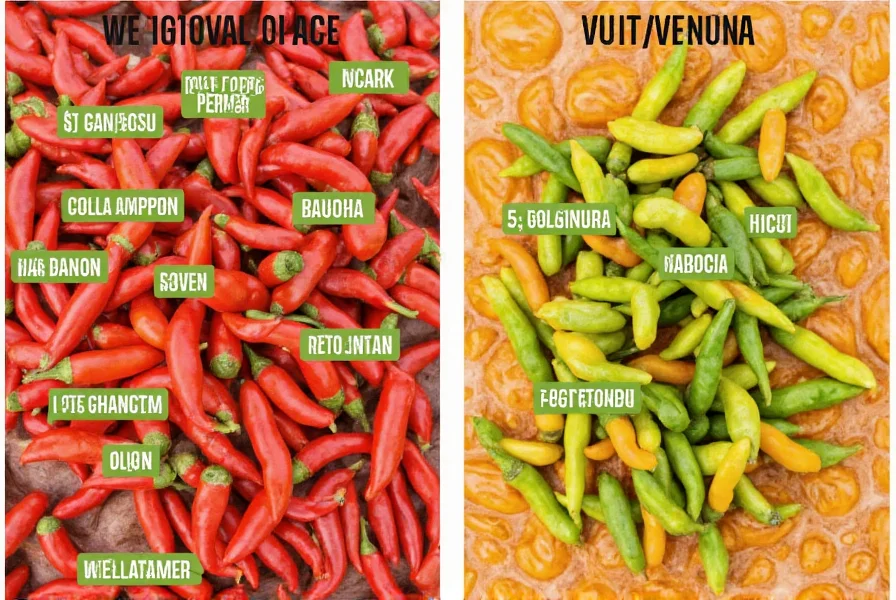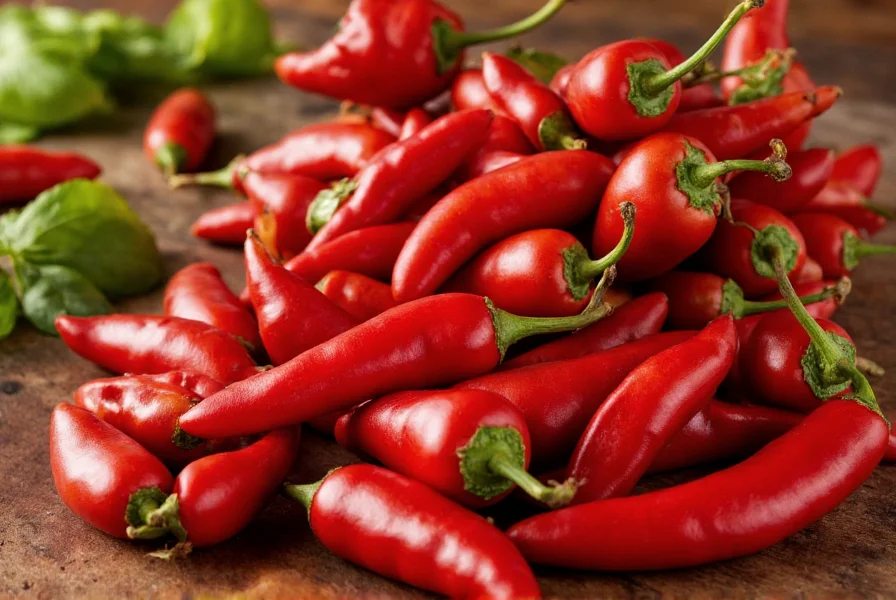Understanding whether to use “chili” or “chilli” can be confusing for writers, cooks, and language enthusiasts alike. This linguistic variation isn't merely a matter of personal preference but reflects deeper regional language patterns and historical developments. The spelling difference primarily stems from how English-speaking regions have adapted the original Nahuatl word “chīlli” through Spanish “chile.”
Historical Origins of Chili Spelling Variations
The confusion between “chili” and “chilli” begins with the journey of the word itself. Indigenous to Mesoamerica, the word entered European languages through Spanish explorers who encountered chīlli in what is now Mexico. Spanish adopted it as “chile” (pronounced “tchee-leh”), which then made its way into English through multiple pathways.
Early English spellings varied wildly, including “chile,” “chili,” “chilly,” and “chillie.” By the 19th century, American English began standardizing toward “chili” while British English favored “chilli.” This divergence reflects broader patterns in how English spelling evolved differently across the Atlantic.
Regional Usage Patterns: US vs UK vs Other English Varieties
The most significant distinction in “chili or chilli” usage follows the Atlantic divide:
| Region | Preferred Spelling | Context |
|---|---|---|
| United States | chili | Both the pepper and the dish (e.g., chili con carne) |
| United Kingdom | chilli | Primarily for the pepper; “chili” for the dish |
| Australia/New Zealand | chilli | Both contexts, though “chili” appears in some brand names |
| Canada | Mixed | US influence favors “chili,” but British spelling persists in some contexts |
Style guides reflect these regional preferences. The Associated Press Stylebook recommends “chili” for American publications, while the Oxford Dictionary lists “chilli” as the primary British spelling. This regional variation explains why searching for “is it chili or chilli in American English” yields different results than similar queries from UK-based users.
Contextual Differences Beyond Geography
Beyond regional preferences, context matters when deciding between “chili” and “chilli.” Understanding these nuances helps avoid common spelling mistakes:
- Food vs. Plant: In British English, “chilli” typically refers to the living plant or fresh peppers, while “chili” often denotes the cooked dish. Americans use “chili” for both.
- Culinary Terminology: “Chili powder” (American) versus “chilli powder” (British) demonstrates how the spelling follows regional conventions even within cooking contexts.
- Proper Nouns: Brand names and restaurant titles often choose spellings for stylistic reasons rather than linguistic accuracy, creating additional confusion for those researching “correct spelling of chili pepper.”
When to Use Each Spelling: Practical Guidance
Follow these guidelines to choose the appropriate spelling for your writing:
- Consider your audience: Use “chili” for American readers, “chilli” for British Commonwealth audiences.
- Check style guides: Academic and professional writing should follow relevant style manuals (APA, Chicago, etc.).
- Maintain consistency: Don't switch between spellings within the same document when exploring “chili spelling UK vs US” differences.
- Context matters: In British English, use “chilli” for the pepper but “chili con carne” for the dish.
- When in doubt: “Chili” is generally safer for international audiences due to American English's global influence.
Professional writers should note that major dictionaries accept both spellings, though they indicate regional preferences. The Merriam-Webster Dictionary lists “chili” as primary with “chilli” as a variant, while Oxford prefers “chilli.” This explains why searches for “regional differences in chili spelling” yield conflicting information.

Common Mistakes to Avoid
Even experienced writers stumble with “chili or chilli” usage. Watch for these frequent errors:
- Overgeneralizing: Assuming one spelling is “correct” everywhere ignores legitimate regional variations.
- Inconsistent usage: Switching between spellings within the same document confuses readers researching “chili or chilli in recipes.”
- Misapplying rules: Using “chilli” for the dish in American contexts or “chili” for the pepper in British contexts.
- Confusing with “chilly”: The temperature-related word “chilly” (meaning cold) has a completely different meaning and spelling pattern.
Professional editors emphasize that the key isn't finding a single “correct” spelling but understanding which spelling serves your specific communication purpose. Whether you're writing a cookbook, academic paper, or restaurant menu, matching your spelling to your audience's expectations creates clearer communication.
Conclusion: Embracing Linguistic Diversity
The “chili or chilli” question ultimately reflects English's rich diversity rather than a simple right-or-wrong dilemma. As global communication increases, understanding these regional variations becomes increasingly valuable. Rather than insisting on one “correct” spelling, effective communicators adapt their usage to their audience's expectations.
When uncertainty arises about “when to use chilli instead of chili,” consider your readers' location, the publication's style guide, and the specific context. This approach ensures your writing remains clear and professional regardless of which spelling variant you choose. The evolution of language guarantees that spelling conventions will continue to develop, making flexibility and awareness essential for all writers navigating these linguistic nuances.
Frequently Asked Questions
Is “chili” or “chilli” the correct spelling?
Both spellings are correct but used in different regions. American English prefers “chili” for both the pepper and the dish, while British English typically uses “chilli” for the pepper and “chili” for the dish. Neither is wrong—they represent regional language variations.
Why do Americans spell it “chili” while British spell it “chilli”?
This difference stems from historical spelling conventions. American English, influenced by Noah Webster's reforms, often simplified double consonants, leading to “chili.” British English retained the double “l” (“chilli”) following patterns seen in words like “travelling.” The variation reflects broader transatlantic spelling differences that developed after American independence.
Should I use “chili” or “chilli” in my cookbook?
Match your spelling to your target audience. For American readers, use “chili” consistently. For British or Commonwealth audiences, use “chilli” when referring to the pepper and “chili” for dishes like chili con carne. Always maintain consistency within your publication to avoid confusing readers searching for clarity on “chili or chilli in recipes.”
Does the spelling affect how the word is pronounced?
No, the pronunciation remains the same regardless of spelling. Both “chili” and “chilli” are pronounced “CHIL-ee” in English. The spelling difference is purely orthographic and doesn't reflect any pronunciation variation, which explains why the debate focuses on written rather than spoken usage.
Is “chile” ever the correct spelling in English?
“Chile” (pronounced “CHIL-ay”) is the correct Spanish spelling and refers to both the country and the pepper in Spanish. In English contexts, “chile” appears primarily in Southwestern US cuisine and academic linguistic discussions. Most English style guides recommend “chili” or “chilli” for general usage, making “chile” relatively uncommon outside specific regional or scholarly contexts.











 浙公网安备
33010002000092号
浙公网安备
33010002000092号 浙B2-20120091-4
浙B2-20120091-4